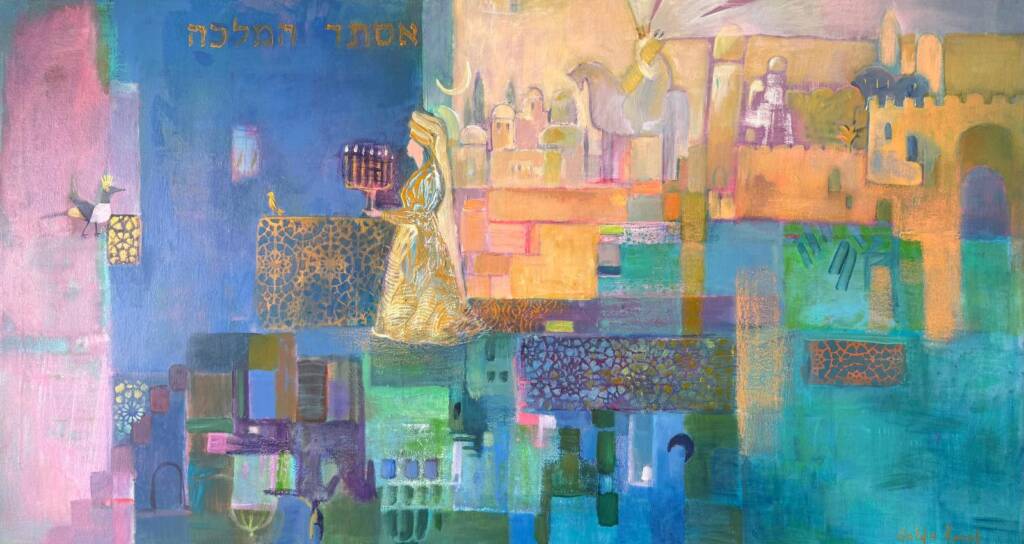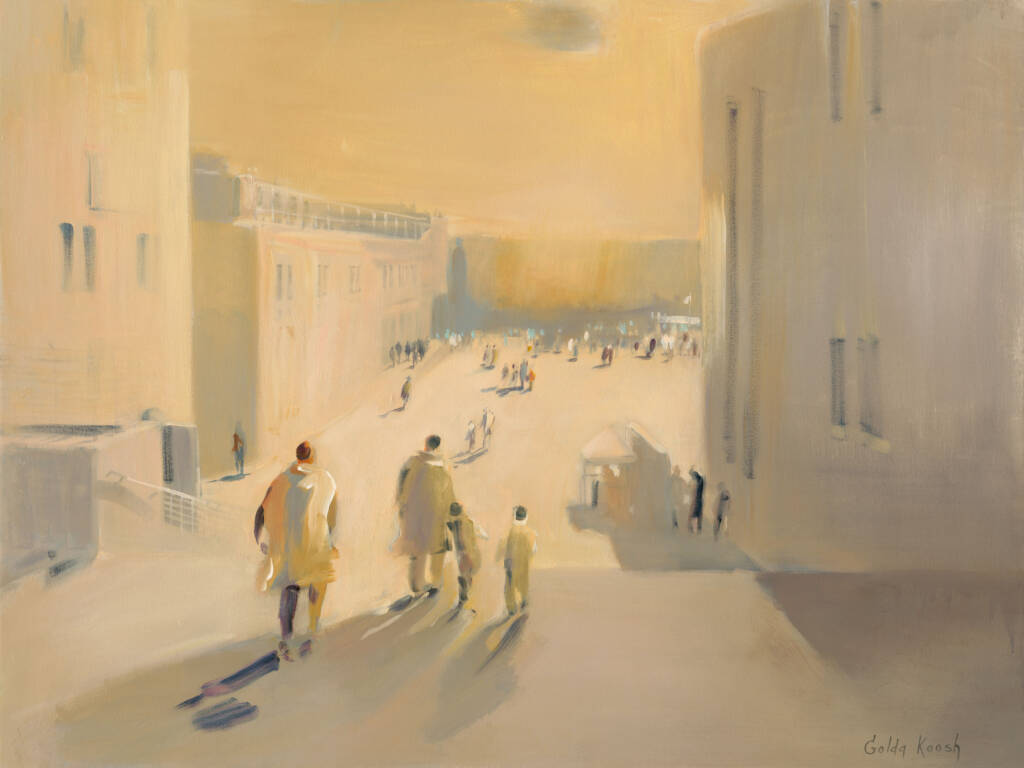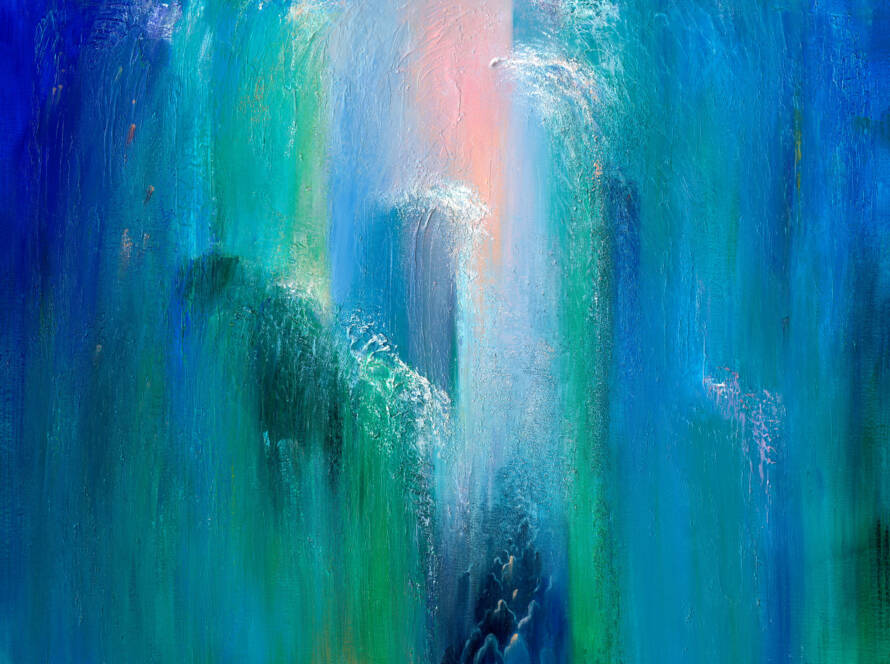Art has always held a unique and significant place in Jewish life. From ancient times to the present day, art in Jewish communities has served not only as a form of creative expression but also as a powerful vessel for preserving tradition, transmitting values, and celebrating identity. While many people associate Jewish culture primarily with religious texts and rituals, the visual arts have long played a vital role in shaping the spiritual and cultural life of Jewish communities across the globe.
A Historical Legacy of Artistic Expression
To begin with, it’s essential to understand that art in Jewish communities is not a modern invention. Although traditional Jewish law historically placed certain limitations on figurative representation, Jewish artists found ways to express themselves within these boundaries. For example, intricate manuscript illumination, ceremonial objects, textiles, and synagogue architecture all reflect a deep commitment to beauty and meaning. Whether through the hand-crafted elegance of a Torah ark or the delicate embroidery on a challah cover, Jewish artisans have, for centuries, infused everyday ritual objects with creativity, reverence, and symbolism.
Moreover, the diaspora experience greatly influenced the evolution of Jewish art. Each community, from Russia to North Africa, and from Yemen to the United States, developed its own distinct aesthetic, informed by local materials, techniques, and cultural exchanges. Yet, no matter how diverse their origins, these works consistently served to affirm Jewish identity and transmit tradition from one generation to the next.
Art as a Cultural Bridge
Today, art in Jewish communities continues to function as a bridge between the past and present. Visual art allows for the retelling of foundational stories. For example, the Exodus from Egypt, the giving of the Torah at Mount Sinai, or the destruction and rebuilding of the Temple in Jerusalem showcase fresh and engaging perspectives. At the same time, contemporary artists often reflect on modern Jewish experiences, including immigration, survival, renewal, and global connection.
In this way, art becomes a language that transcends words. It speaks to both the heart and mind, allowing for personal reflection as well as communal dialogue. This is particularly important in an age where younger generations may feel distanced from formal religious practice. Through visual storytelling, they can still access the richness of their heritage in meaningful and approachable ways.
The Role of Judaica in Synagogues and Homes
Another central aspect of art in Jewish communities is the role of Judaica art and ritual objects created with both function and beauty in mind. Items such as menorahs, mezuzahs, seder plates, and kiddush cups not only facilitate the observance of Jewish traditions but also elevate those practices through craftsmanship and intention.
In synagogues, art contributes to the sanctity and atmosphere of the space. Stained glass windows, ornate Torah scroll covers, and symbolic wall hangings all help create an environment of awe, reflection, and belonging. Similarly, in Jewish homes, Judaica is often passed down through generations, infusing everyday life with continuity and sacred meaning.
What’s more, Judaica artists often blend traditional motifs with contemporary techniques, creating works that honor the past while speaking to the present. These objects serve as touchstones. As well, they are reminders that even in a rapidly changing world, certain values will endure.
Golda Koosh and the Evolving Voice of Jewish Artists
One artist who exemplifies the dynamic evolution of art in Jewish communities is Golda Koosh. Born in Moscow and now based in Jerusalem, Koosh brings a rich personal history to her work. Her vibrant, spiritually infused paintings celebrate Jewish life with color, motion, and emotional depth. Whether depicting joyous weddings, sacred traditions, or the rhythm of Klezmer music, her art resonates with authenticity and reverence.
According to Koosh, Jewish artists today carry a dual responsibility: to preserve their heritage while also responding to contemporary realities. In her view, “Jewish art is not only about looking back—it’s about creating new pathways forward. We are both the keepers and the interpreters of tradition.”
Indeed, the evolving role of Jewish artists like Koosh demonstrates how art in Jewish communities can adapt to changing times without losing its essence. These artists contribute to an ongoing cultural dialogue, challenging stereotypes, exploring identity, and offering fresh insights into ancient truths.

Preserving the Soul of a People Through Art in Jewish Communities
In conclusion, art in Jewish communities is far more than decoration, it is a form of cultural preservation, spiritual reflection, and communal celebration. Through painting, sculpture, ritual objects, and more, Jewish artists give form to the values and stories that define a people. They remind us that while traditions may be rooted in the past, they remain alive through continuous creative engagement.
As Jewish communities face the challenges of modernity, assimilation, and dispersion, art offers a way to remain grounded. It serves as a visual archive of resilience, a celebration of beauty, and a call to remember. And as artists like Golda Koosh show us, the work of honoring Jewish life through art is not only ongoing, it is essential.








